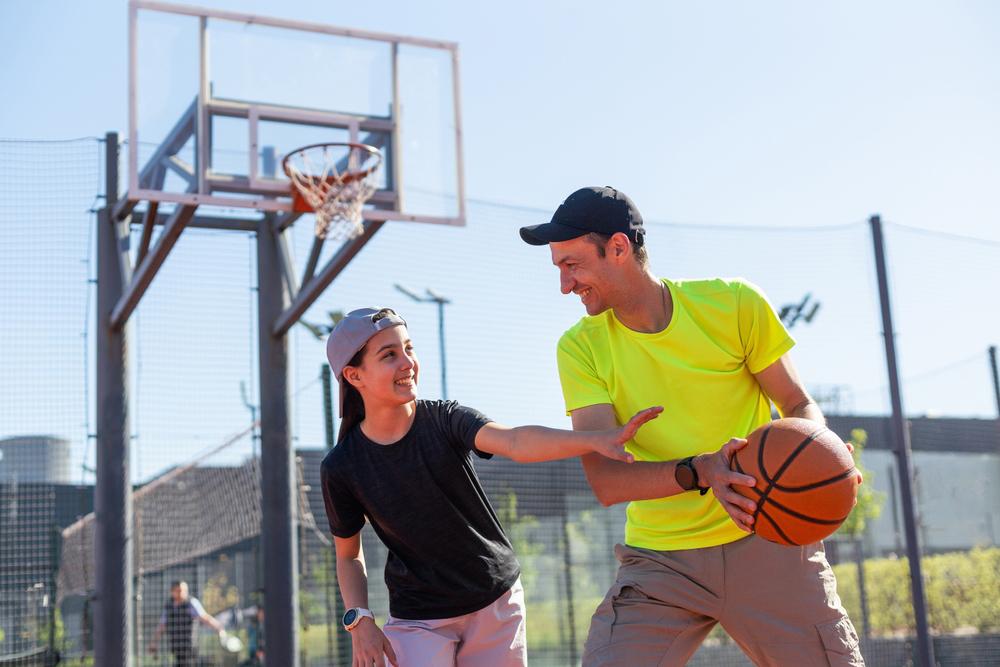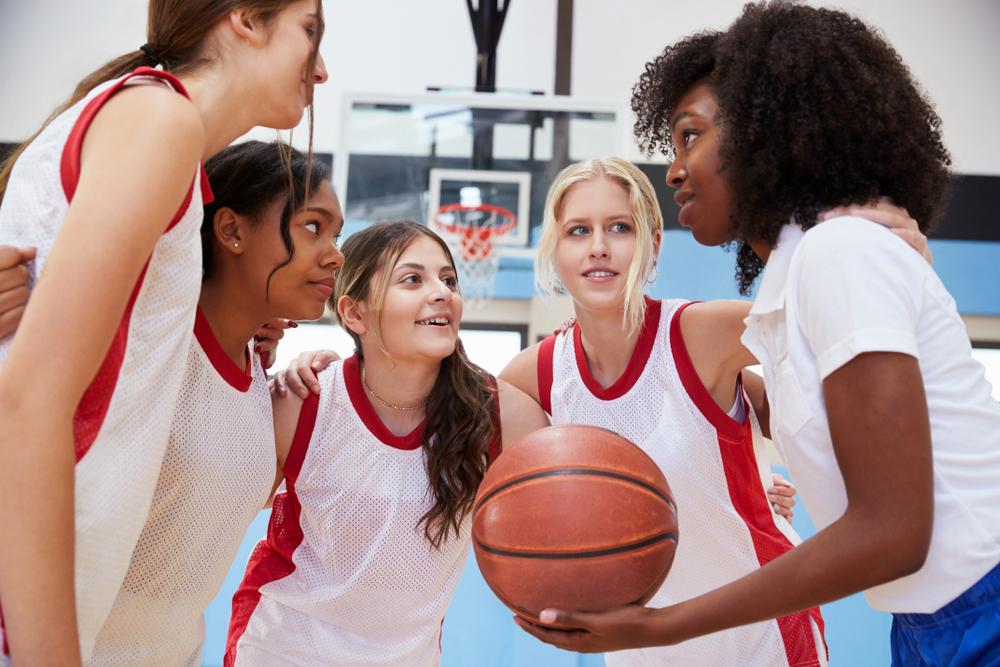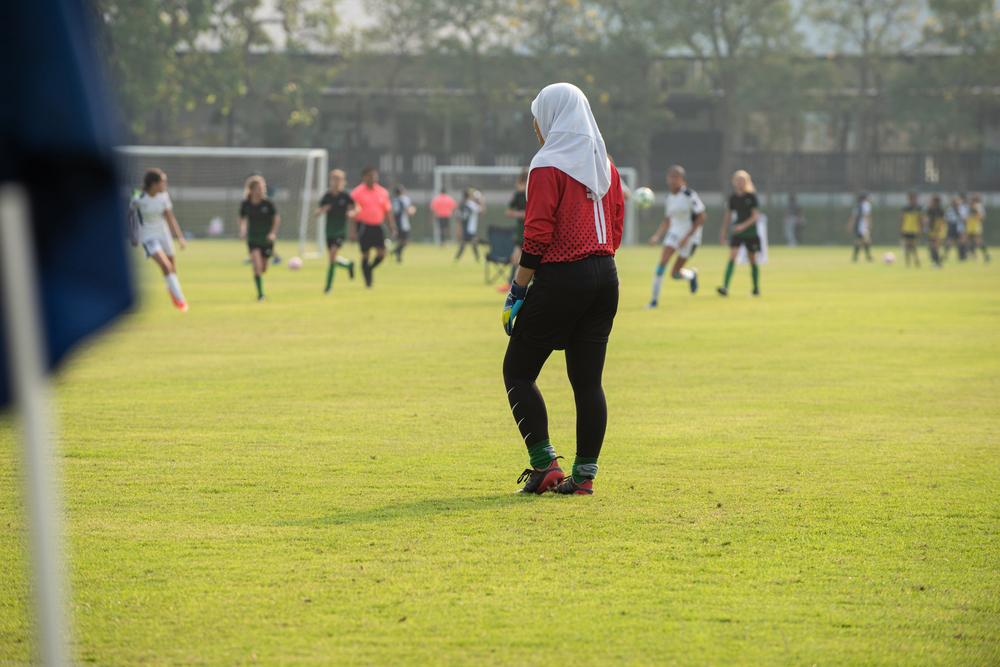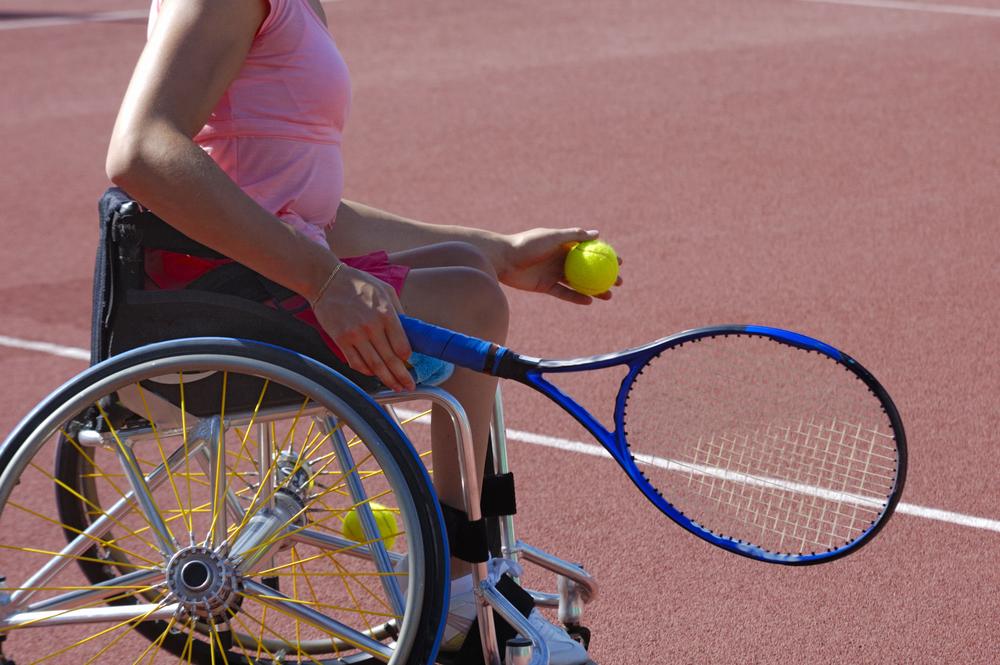 Many parents mistakenly think that setting rules like ‘respecting your elders’ is enough when it comes to teaching kids and teens about respect. But what exactly does respect mean, and what does it look like in the real world? As with many things in life, the best way to teach respect is by modeling the behavior rather than just talking about it.
Many parents mistakenly think that setting rules like ‘respecting your elders’ is enough when it comes to teaching kids and teens about respect. But what exactly does respect mean, and what does it look like in the real world? As with many things in life, the best way to teach respect is by modeling the behavior rather than just talking about it.
Here, board-certified family physician and TrueSport Expert Deborah Gilboa, MD, is helping caregivers understand the best times and opportunities to instill concepts of both giving and asking for respect. The process starts with an understanding of why teaching respect just by talking about it isn’t always helpful.
1. Give Your Kids Respect
As parents, it can be hard to handle your child’s negative emotions. For instance, if a young athlete is upset about how a competition went—maybe they weren’t selected for the starting lineup and feel as though they deserve more game time—it can be tempting to try to ‘fix’ the situation for them by talking to the coach and demanding more playing time for your athlete. But this isn’t respecting your athlete: This actually shows that you don’t believe they’re able to take care of themselves. Instead, Gilboa suggests offering empathy. Listen to their feelings on the subject, and perhaps even help them develop a plan to improve the situation, but don’t step in (unless your athlete’s health or wellbeing is at risk, of course).
2. Let Athletes Feel Feelings
 Additionally, Gilboa says it’s important to allow athletes to feel their feelings. Parents often unintentionally disrespect their children by telling them that their feelings are invalid. This can be a seemingly innocuous “toughen up” or even a well-meaning “it’s not as bad as you think it is.” Allow your athletes to have and fully experience their feelings.
Additionally, Gilboa says it’s important to allow athletes to feel their feelings. Parents often unintentionally disrespect their children by telling them that their feelings are invalid. This can be a seemingly innocuous “toughen up” or even a well-meaning “it’s not as bad as you think it is.” Allow your athletes to have and fully experience their feelings.
However, behaviors still have consequences. An athlete angry with his performance at a game, for example, might be yelling at you because that’s how he can express his frustration. While the frustration is natural and he should be able to express it, he also shouldn’t be able to do so in a way that disrespects others in the process. “Talk to your athlete about how their feelings are theirs, but their behaviors still have boundaries,” says Gilboa.
3. Stick to the Rules You’ve Set
Rather than setting broad guidelines around respect, the best way for a young person to learn about respect comes from unexpected moments that teach kids how to be both respectful and respected. And one of the best ways to teach children about respect is by having rules in the household (around homework, curfew, practice time, cell phone usage, etc.) that are clearly set out and have specific consequences attached to them. Most importantly, you have to stick to those consequences when rules are broken. Often, parents have vague concepts around what the rules of the house are, but their kids may be unaware of exact parameters, which can lead to confusion and an inability to follow those rules.
Part of teaching respect is teaching young athletes that even if they disagree with a rule, whether it’s no cell phones at the table or a weeknight curfew, the rule still needs to be followed. And that means establishing reliable consequences. “Reliable consequences are important,” says Gilboa. “These consequences are the same for everyone, no exceptions.”
4. Start with Simple Concepts for Young Kids
With younger athletes, break down large concepts like active listening by simplifying it. “When someone is talking, we want to teach young kids to keep hands, feet, and mouths still, so we don’t interrupt them,” says Gilboa.
5. Teach Consent
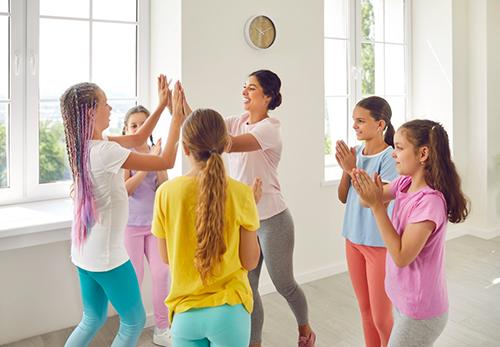 In the last few years, everyone has had to rethink how we maintain physical boundaries and what’s acceptable in terms of respecting personal space. From a very young age, kids can be taught about personal space and about asking for consent, says Gilboa. It’s common in kindergarten classrooms now to teach students to ask if they can hug each other. Teach your child at any age how to ask for personal space in a firm way that commands respect, and how to ask for consent when it comes to physical contact, whether they want to hug someone or use a teammate to demonstrate a new hold or stance.
In the last few years, everyone has had to rethink how we maintain physical boundaries and what’s acceptable in terms of respecting personal space. From a very young age, kids can be taught about personal space and about asking for consent, says Gilboa. It’s common in kindergarten classrooms now to teach students to ask if they can hug each other. Teach your child at any age how to ask for personal space in a firm way that commands respect, and how to ask for consent when it comes to physical contact, whether they want to hug someone or use a teammate to demonstrate a new hold or stance.
6. Get Kids Excited About Respect
“I like to teach older elementary and younger middle school students about what I call Adult Secret Code,” says Gilboa. “As an adult, if you meet a kid and they speak to you respectfully, you are subconsciously more likely to try and help them get what they need or address their concerns. Teaching a young student to speak the ‘Adult Secret Code’ turns respect into a game and makes it easier to understand. It almost feels like they’re getting away with something!” For example, students can put an honorific (e.g., Ms.) in front of an adult’s name, or even ask an adult how they should be addressed. It can also include things like making eye contact while speaking.
______________________________
Takeaway
Respect is a two-way street and no matter a child’s age, you have the ability to help them learn how to both ask for it and give it. Use small teachable moments, from household rules to post-competition discussions in the car, to teach, model, and require respect.
